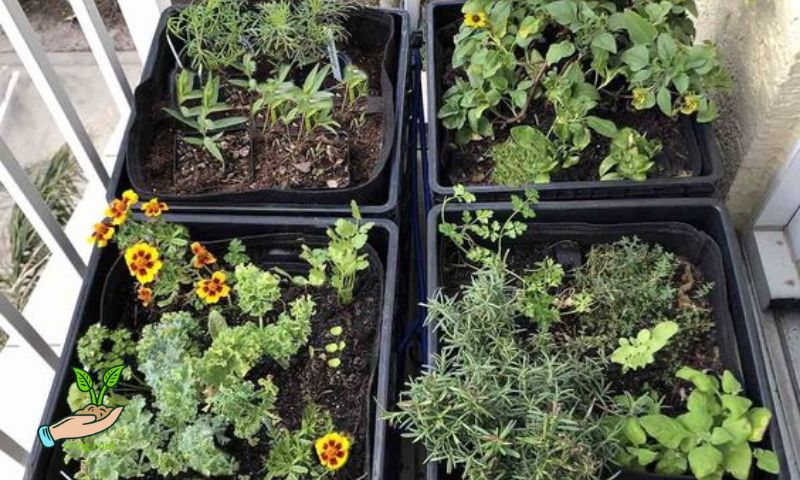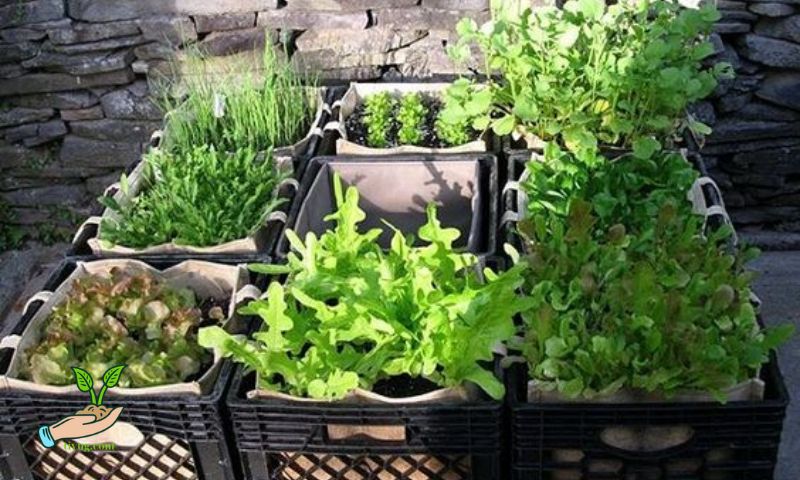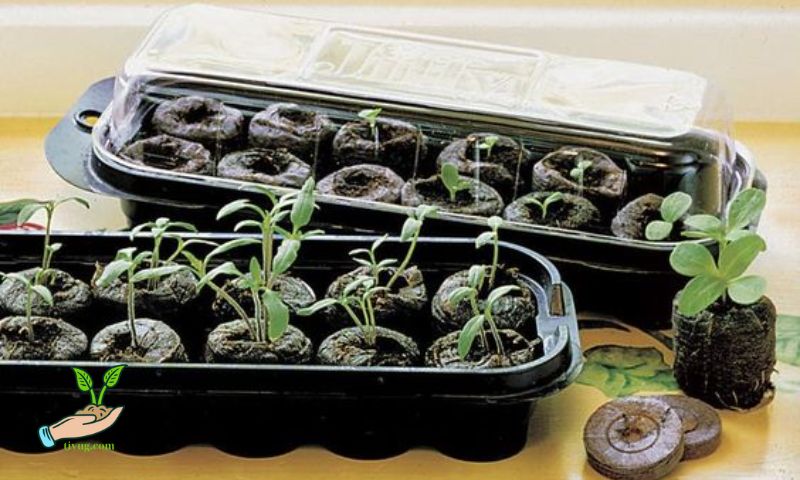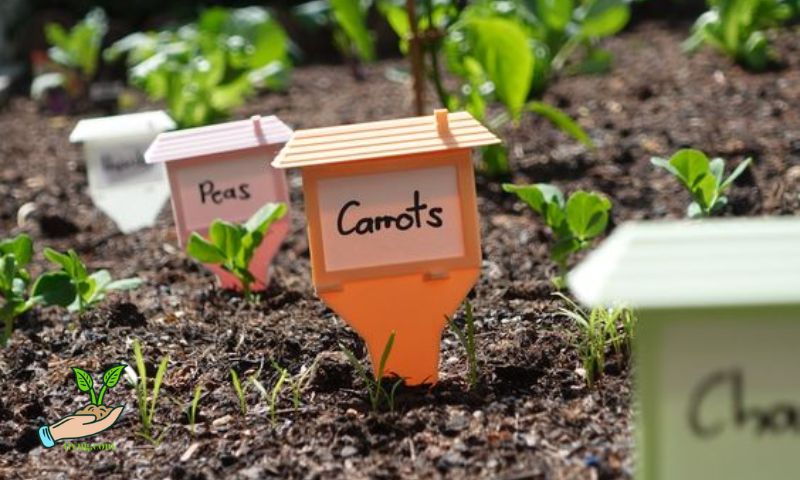Urban gardening has seen a remarkable surge in popularity as more individuals seek sustainable and accessible ways to grow their own food. Among the innovative methods gaining traction is the practice of cultivating vegetables in foam boxes. This method not only utilizes limited space effectively but also offers cost-saving benefits and environmental advantages. This article explores how you can leverage foam box gardening to generate wealth while contributing to a greener urban environment.
Benefits of Growing Vegetables in Foam Boxes

Urban residents often face challenges when it comes to traditional gardening due to space constraints and environmental factors. Foam box gardening addresses these challenges with several key benefits:
Accessibility and Convenience
Foam boxes provide a practical solution for urban gardening enthusiasts. Their lightweight nature and compact size make them easy to handle and suitable for balconies, rooftops, or even indoor spaces. Unlike traditional garden beds, foam boxes require minimal setup and maintenance, making them accessible to beginners and seasoned gardeners alike.
Cost-effectiveness
One of the primary attractions of foam box gardening is its affordability. Compared to establishing a traditional garden plot, which may involve significant costs for soil preparation, fencing, and irrigation systems, foam box gardens require a modest initial investment. Moreover, growing your own vegetables can lead to substantial savings on grocery bills over time, contributing to long-term financial sustainability.
Environmental Benefits
Foam box gardening promotes environmental stewardship by reducing the carbon footprint associated with food production and transportation. By cultivating vegetables locally, urban gardeners minimize the energy and resources required for long-distance food supply chains. Additionally, foam boxes can be repurposed from recycled materials, offering a sustainable alternative to conventional gardening containers.
Choosing the Right Foam Boxes

Selecting suitable foam boxes is crucial for the success of your vegetable garden. Consider the following factors when choosing foam boxes:
Material Considerations
Not all foam materials are created equal for gardening purposes. Opt for foam boxes made from durable, non-toxic materials that are resistant to weathering and can withstand outdoor conditions. Polyethylene foam, for instance, is widely preferred for its lightweight yet sturdy properties, ideal for supporting plant growth.
Size and Design
The size and design of foam boxes play a significant role in determining the types and quantities of vegetables you can grow. Larger boxes accommodate deep-rooted vegetables like tomatoes and peppers, while shallow boxes are suitable for herbs and leafy greens. Ensure each box has adequate drainage holes to prevent waterlogging and promote healthy root development.
Setting Up Your Foam Box Garden
Location and Placement
Choose a location that receives sufficient sunlight throughout the day, as most vegetables require at least 6-8 hours of direct sunlight for optimal growth. Consider factors such as wind exposure and accessibility to water sources when determining the placement of your foam boxes. Vertical stacking or horizontal arrangement can maximize space utilization in compact urban settings.
Preparing the Foam Boxes
Before planting, prepare the foam boxes by cleaning them thoroughly to remove any residues or contaminants. Sterilize the boxes if necessary to prevent the spread of pests and diseases. Fill each box with a nutrient-rich soil mixture formulated for container gardening, ensuring adequate aeration and moisture retention.
Choosing Vegetables for Foam Box Gardening
Selection Criteria
When selecting vegetables for foam box gardening, prioritize varieties that thrive in confined spaces and container environments. Consider factors such as plant size, growth habits, and seasonal suitability to optimize your garden’s productivity year-round.
Recommended Vegetables
Certain vegetables are particularly well-suited to foam box gardening due to their adaptability and yield potential:
- Tomatoes: Choose compact varieties like cherry or patio tomatoes that can thrive in shallow soil depths.
- Lettuce and Salad Greens: Leafy greens such as lettuce, spinach, and kale are excellent choices for shallow foam boxes.
- Herbs: Culinary herbs like basil, parsley, and chives thrive in small containers and provide a continuous harvest throughout the growing season.
Caring for Your Foam Box Garden

Watering and Fertilizing
Monitor soil moisture levels closely, especially during hot weather, to prevent dehydration of plants in foam boxes. Water thoroughly as needed, ensuring that excess water drains freely from the boxes’ drainage holes. Use organic fertilizers or compost teas to replenish nutrients in the soil and support healthy plant growth without the risk of chemical buildup.
Pest and Disease Management
Implement preventive measures such as companion planting and crop rotation to deter pests and minimize the risk of disease outbreaks in your foam box garden. Regularly inspect plants for signs of pests or fungal infections and intervene promptly using natural remedies or organic pesticides as needed.
Harvesting and Yield Maximization
Harvesting Tips
Harvest vegetables at their peak ripeness to enjoy optimal flavor and nutritional content. Use sharp scissors or pruning shears to harvest leafy greens and herbs without damaging the plants’ delicate foliage. Practice staggered planting and succession cropping to ensure a continuous supply of fresh produce throughout the growing season.
Maximizing Yield
Enhance yield potential by maximizing the use of available space in your foam box garden. Explore vertical gardening techniques such as trellising for vining plants like cucumbers or beans. Rotate crops annually to prevent soil depletion and maintain soil fertility for long-term garden productivity.
Marketing and Selling Your Produce
Local Market Opportunities
If your foam box garden yields surplus produce, consider selling it at local farmers’ markets, community-supported agriculture (CSA) programs, or directly to neighbors and local restaurants. Build relationships with potential buyers to establish a reliable market for your fresh, locally-grown vegetables.
Promoting Your Foam Box Garden
Harness the power of social media platforms and community networks to showcase your foam box gardening success stories. Share gardening tips, harvest updates, and recipes featuring your homegrown produce to engage with like-minded individuals and inspire others to embrace urban gardening practices.
Conclusion
Foam box gardening offers a practical and rewarding pathway to self-sufficiency and environmental stewardship in urban environments. By harnessing the benefits of foam boxes for vegetable cultivation, individuals can not only reduce their ecological footprint but also enhance their financial well-being through sustainable food production. Whether you’re a novice gardener or a seasoned enthusiast, exploring foam box gardening can empower you to cultivate abundance and prosperity while contributing to a greener future.

